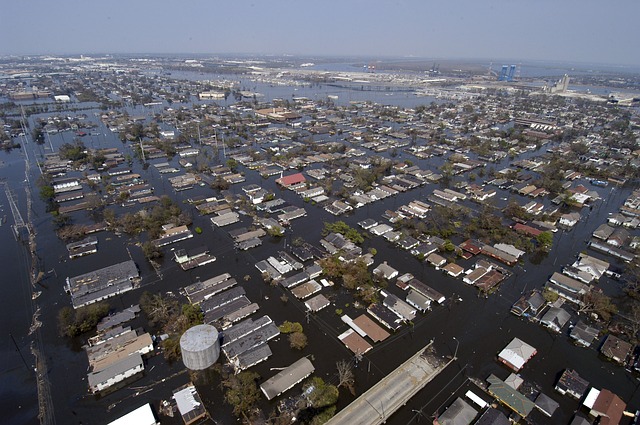Endangered Indus Dolphin:
The Indus River dolphin is found in the Indus river in Pakistan and one of the tributaries of Indus River- Beas River in Indian Punjab. It is one of the only 4 river species of dolphins in the world that spend its entire life in freshwater only. This species of dolphin is also functionally blind in an adaption to the muddy waters of the Indus river and therefore relies on echolocation to navigate and hunt.
Their numbers in Pakistan have declined due to the building of an irrigation network that restricted the dolphins to a 750 mile stretch of the river where they are further divided and isolated by construction of six barrages. After this, the habitat fragmentation and pollution of the Indus river were the main reasons of declining population of the Indus river dolphins.
Related: Problems and Degradation Of The Indus River System (IRS)
IUCN Status of Indus River Dolphin:
The Indus River Dolphin is listed as Endangered on the IUCN list of endangered animals. It means that this species of dolphin faces a high risk of extinction in the near future. Currently, around 2000 individual species of the dolphins are remaining in the Indus Basin.
Causes of Species Decline:
The reasons for their dwindling population is mainly highlighted by the fact that ever since the 1930s, the construction of irrigation networks and numerous barrages and dams caused a habitat fragmentation for the dolphins.
This habitat fragmentation lead to small groups of dolphins being isolated and unable to migrate to different parts of the river for food and shelter. Also, the construction of dams and barrages had limited the population of the dolphins to a small stretch as previously mentioned above, this may have lead to an increase in the competition for food and space coupled with the fact that they were unable to freely move up and down the full length of the river and that this inability to migrate to different regions of the river also effected their breeding patterns and sites among the dolphins which resulted in a lot of members dying including the inability of the young dolphins to thrive.
Also check out: Climate Change Impacts on Coastal Areas and Marine Resources of Pakistan
Furthermore, the industrial effluent and waste discharge from nearby and settlements along the river from fishing communities, villages, human and industrial activities lead to an increased levels of pollution over time that has resulted in the decreased numbers for this endemic population of dolphins in the Indus basin, Hence, together with the degraded aquatic environment, habitat fragmentation, impeded migration and inconsiderate construction of dams and barrages, the Indus River Dolphins have suffered.
Solutions to Save and Help Preserve the Indus River Dolphins:
- Conscious and responsible construction and maintenance of barrages and dams. Another design suggestion would be something akin to a weir or fish ladder, to essentially make barrages or dams in a way that allow dolphins to migrate and traverse through the whole length of the river rather than a small insufficient stretch that greatly limits their habitat and so that they can easily reach their preferred breeding sites and feeding spots.
- Monitor the abundance of the Indus River Dolphins.
- Improve their habitat quality.
- Control on the pollution levels from industrial and agricultural sources. Also regulate the use of fishing equipment like nets and other gear from the fishing villages and communities along the length of the river that make a living from fishing that can cause entanglement and injuries to the health of the dolphins.
- Sometime ago, the Sindh Wildlife Department had initiated a programme which allows safe rescue of stranded dolphins from canals back into the main river channel. Additionally, WWF has also been helping fishers to adopt sustainable fishing practices that helps in maintaining healthy aquatic ecosystem and reduces fishing equipment mortalities. To reduce pressure on natural resource use, efforts have also been made to facilitate the fisher communities in diversifying their livelihood options.
- Awareness about the important of the Indus River Dolphins to local communities and urge them to consciously protect and preserve them if they spot or locate any injured or stranded instead of killing them.
Check out: Pakistan’s Living Indus Initiative And Its Importance
I hope you all liked this post! Please comment below if you have any suggestions, comments, or feedback! We at #envpk love hearing from our readers! Thanks!




